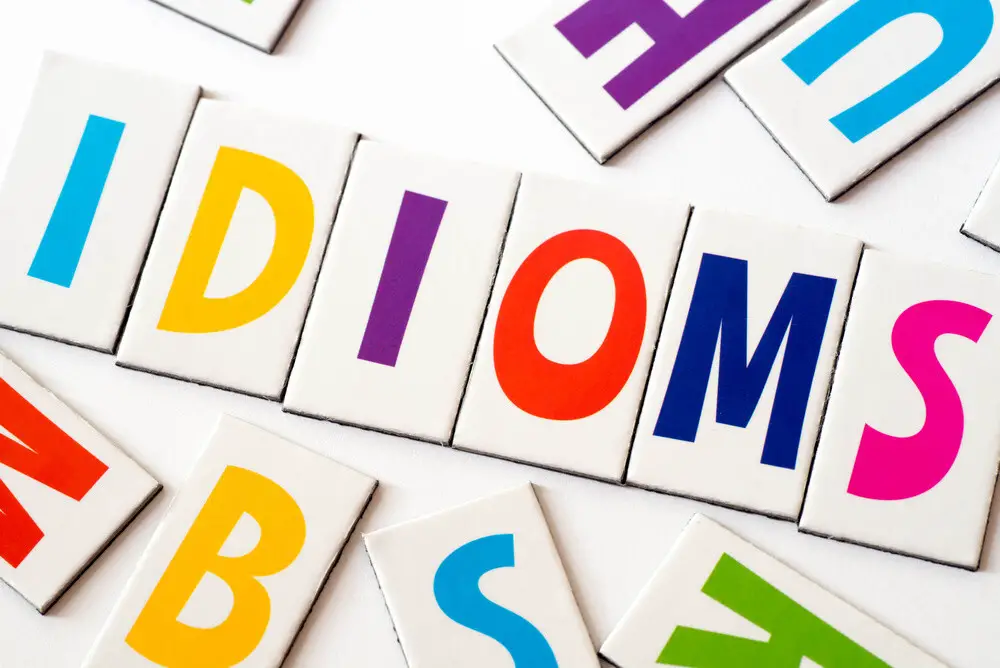Good Afternoon in Italian

Italian, like other Romance languages, is known for its rich and diverse culture. One of the most important aspects of Italian culture is its language, which has been spoken for centuries and has spread across the world. Italian is known for its musicality and rhythm, and it’s also known for its unique expressions and greetings. “Good afternoon” is one such greeting that is used commonly in Italy.
In Italian, “good afternoon” is translated to “buon pomeriggio.” The word “buon” means “good,” and “pomeriggio” means “afternoon.” The phrase is often used to greet someone in the late afternoon or early evening, typically between the hours of 2 pm and 6 pm.
In Italy, the concept of time and greetings is taken quite seriously. It is important to use the appropriate greeting based on the time of day. For example, in the morning, the appropriate greeting is “buongiorno,” which translates to “good morning.” During the late afternoon and evening hours, it is appropriate to use “buon pomeriggio” to greet someone.
Greeting Someone in Italian
When greeting someone with “buon pomeriggio,” it is important to make eye contact and offer a smile. This gesture shows respect and friendliness, and it is a common practice in Italian culture. It is also common to shake hands or give a small nod of the head when greeting someone in a more formal setting.
In addition to being used as a greeting, “buon pomeriggio” is also used as a farewell. When leaving someone in the late afternoon or early evening, it is common to say “buon pomeriggio” as a way of wishing them a good rest of their day.
Italian Culture
Italian culture places a great emphasis on the concept of “bella figura,” which roughly translates to “making a good impression.” This means that it is important to be polite, friendly, and respectful in all social situations. Using the appropriate greeting, such as “buon pomeriggio,” is one way of demonstrating good manners and making a good impression.
In addition to being an important aspect of Italian culture, “buon pomeriggio” is also a useful phrase to know for anyone traveling to Italy or communicating with Italian speakers. It is a common and polite way to greet someone during the late afternoon and early evening hours.
Conclusion
In conclusion, “buon pomeriggio” is an important greeting in Italian culture. It is used to greet and say goodbye to someone during the late afternoon and early evening hours, and it is a way of demonstrating good manners and making a good impression. Whether you are traveling to Italy or communicating with Italian speakers, knowing the appropriate greeting can help you connect with others and show respect for their culture.
Leave a Reply
You must be logged in to post a comment.